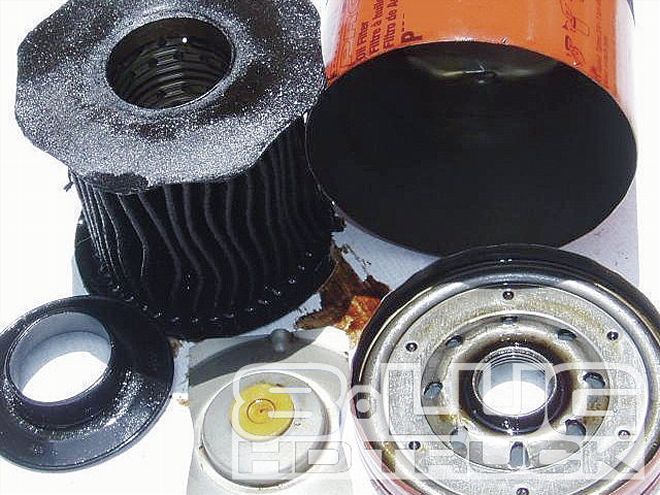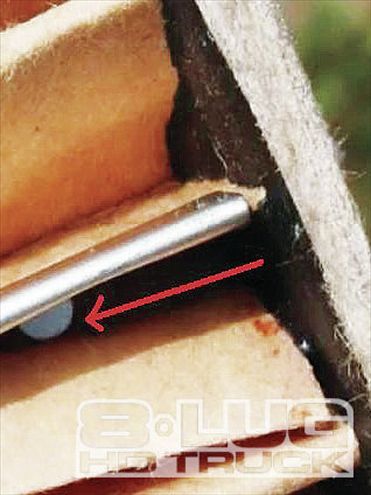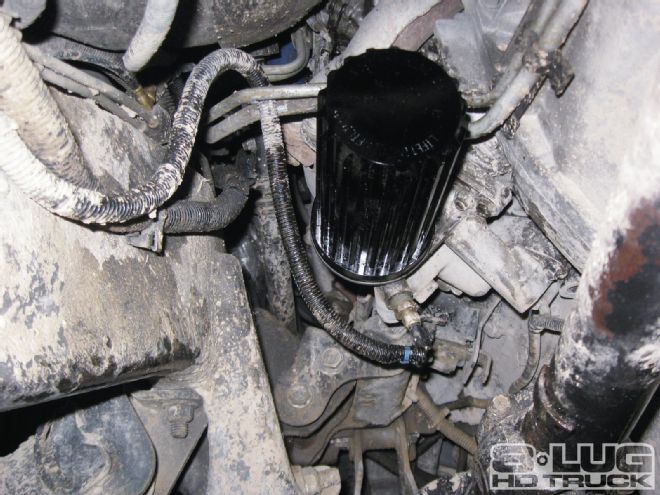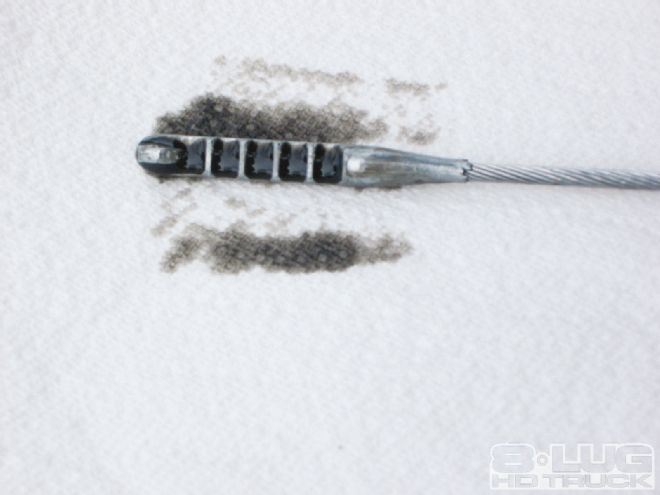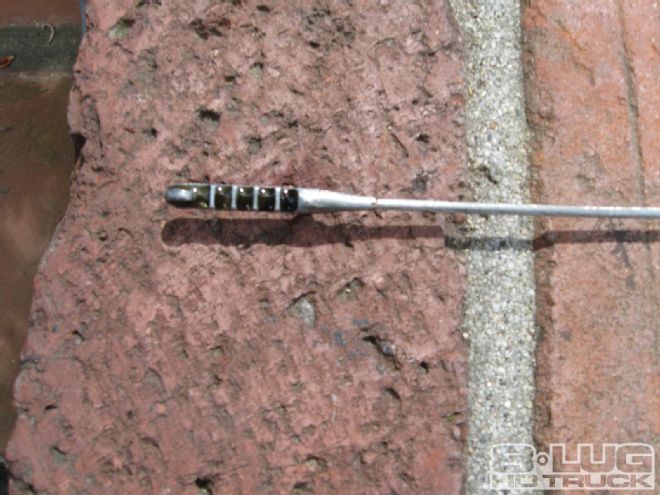The Lifetime Oil Filter
It seems like every oil filter has the same design and technology since the spin-on filter was developed in 1923. Every time you start your engine in the morning (or your current filter is at capacity), the filter goes into a bypass mode. The bypass is made from a piece of aluminum and a spring that (when open) allows unfiltered oil and ferrous materials to recirculate in your engine—potentially causing catastrophic damage until the filter is changed and thrown away.

| Unlike normal oil filters, the Lifetime Oil Filter has no paper construction in it whatsoever. Lifetime Oil Filters use only the highest rated materials—which are designed to last a lifetime of use—with more than 2 feet of stainless steel media. The filter is also constructed from Nitronic 60, 7075-T6, Tungsten, Hastelloy, T316L, and it uses Viton seals. Lifetime Oil Filters are held to aerospace standards and guidelines and are manufactured in the United States.
Not every oil filter company goes down this road, however. In fact, there have been countless tests performed, creating lots of buzz about a product called The Lifetime Oil Filter, which was designed and patented by Christopher Hubbard. A Lifetime Oil Filter continues to filter your oil even when in bypass mode by using an integrated secondary filtration system. All you have to do is clean this filter every 3,000 miles with hot water and soap, or throw it in a parts washer. By using a green oil filter that looks cool, you will also be reducing your vehicle’s oil consumption and adding to your bank account.
Christopher Hubbard, founder and CEO of the Lifetime Oil Filter said, “Each engine is different and will require different oil change intervals when using our filter. The only way to tell if your oil needs changing is to have it tested! We have engines with tens of thousands of miles on them without changing the oil. If you remove the contaminants from combustion, you are left with oil. Clean engine oil, in addition to removing the ferrous material from the oil, reduces internal wear on the engine (including seals and rings), thereby decreasing the amount of blow-by entering the combustion chamber and, in effect, stopping oil from entering the cylinder, which reduces exhaust emissions.”
